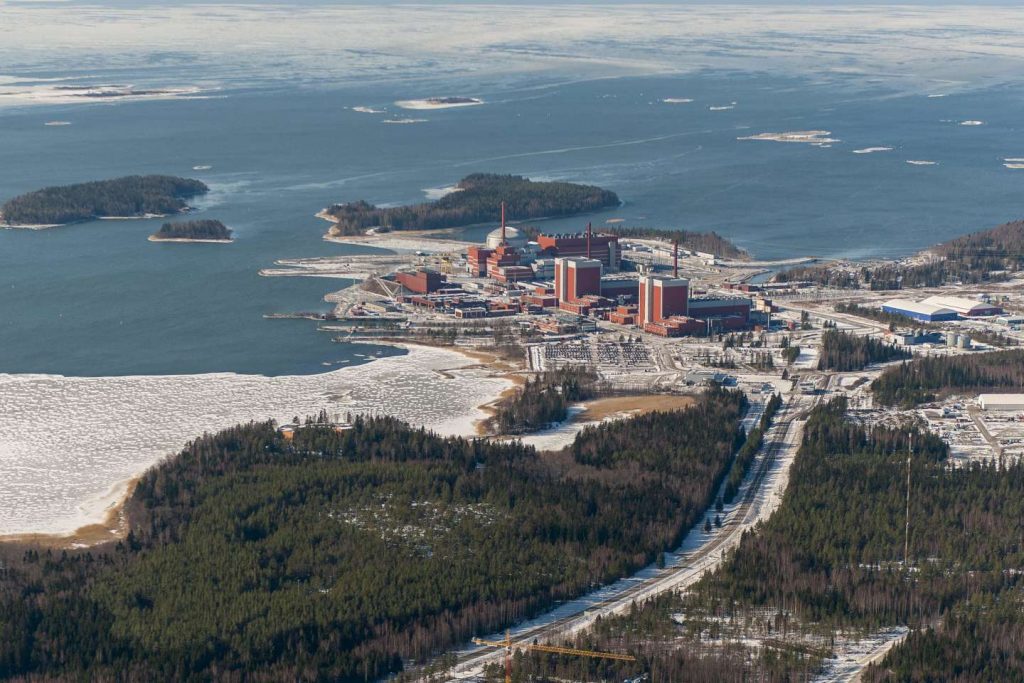Despite the circumstances, Teollisuuden Voima (TVO), a Finnish company committed to clean energy, has accomplished a remarkable feat. What implications can we draw from this result, especially considering Germany’s decision to shut down their remaining three reactors, and the fact that Finland’s Olkiluoto 3 reactor is programmed to satisfy 14% of the nation’s energy requirements?
Given that safety issues are at the forefront of the discussion, it is critical to recognize that Europe is a divided continent when it comes to nuclear energy. This division appears to be expanding even as the continent looks for more environmentally friendly alternatives to replace traditional energy sources. in achieving energy self-sufficiency and sustainability by lauding Olkiluoto 3 reactor as a beacon of hope.
This plant unit’s construction was accomplished via a fixed-price turnkey contract, which mandates that TVO will operate the plant for the next 60 years, thereby generating electricity for the country. This is remarkable news for Finland, as it reduces the nation’s reliance on energy imports from neighbouring countries, such as Sweden and Norway. It also bolsters the price stability of electricity and assumes a significant role in Finland’s green transformation.
The Olkiluoto 3 reactor is a perfect exemplification of how nuclear energy can be exploited to generate clean energy while diminishing a country’s dependency on external energy sources. In order to meet our energy needs sustainably as the globe transitions to a more environmentally sensitive future, it is crucial to investigate every alternative imaginable, including nuclear energy.
We must also be aware of the potential risks involved with nuclear energy, as the tragedies in Fukushima and Chornobyl have shown. To avoid repeating any regrettable situations, precautionary precautions and safety procedures must constantly be followed.
In conclusion, Finland’s transition to green energy is marked by the Olkiluoto 3 reactor, which also represents a significant step toward energy independence. While keeping safety issues in mind, it is essential that we continue to research and fund cleaner energy options, such as nuclear energy. Nuclear energy can play a crucial role in our transition to a more sustainable future if the right safeguards are put in place.

